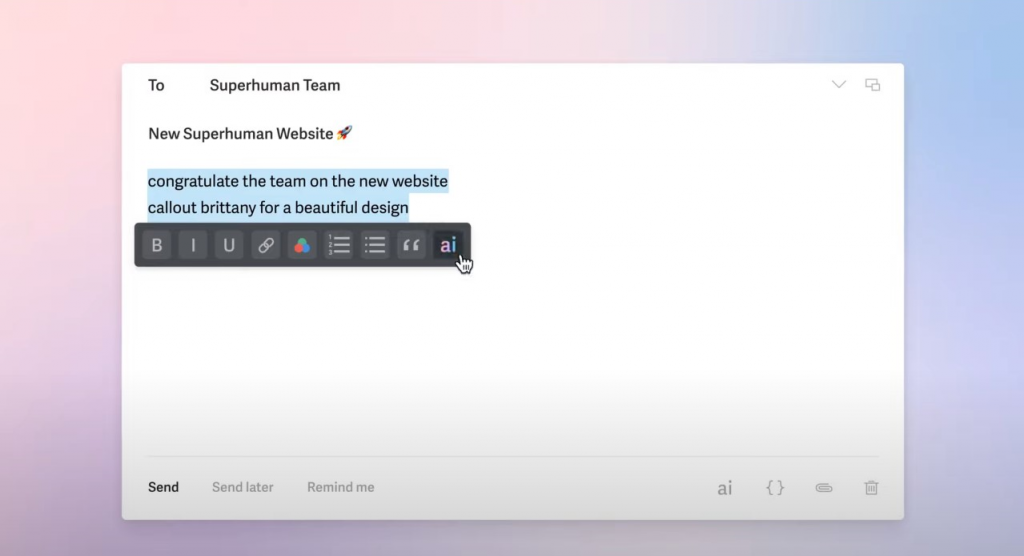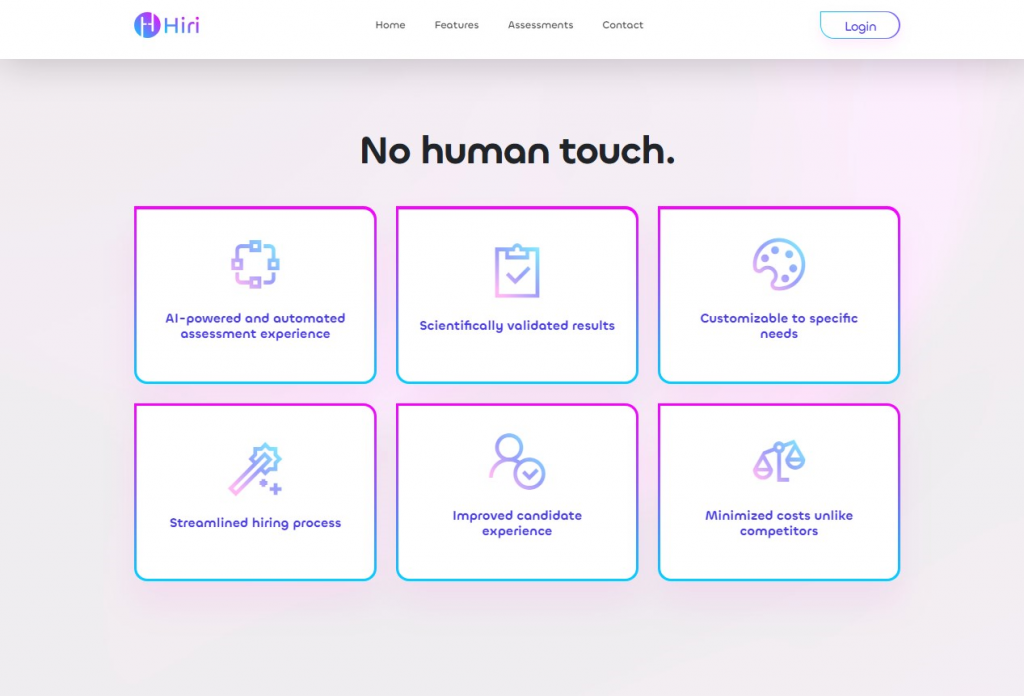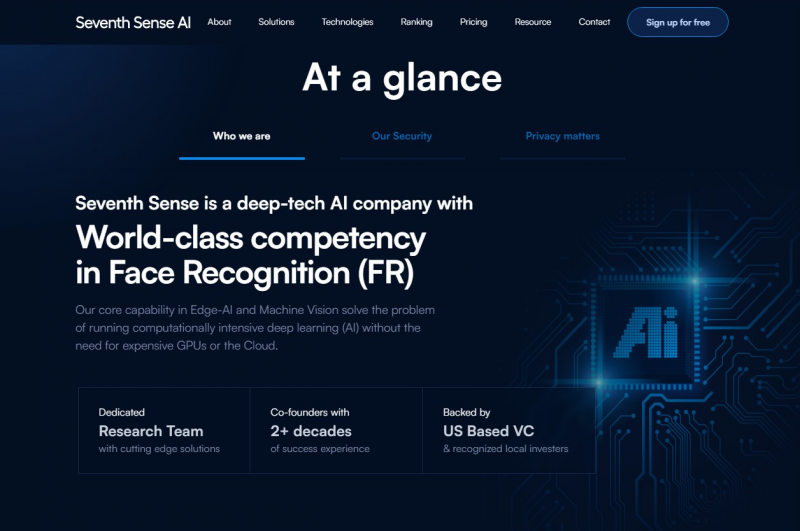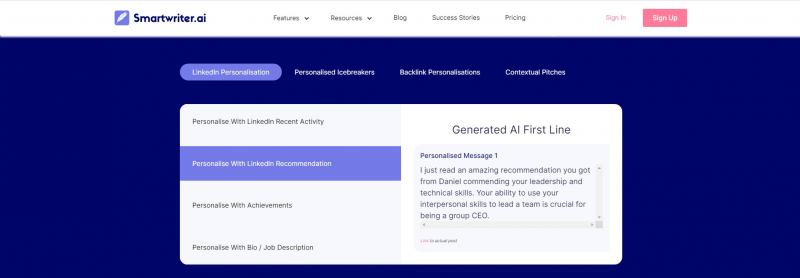Successful Email Marketing in 2023
Email marketing remains an essential tool in the arsenal of any digital marketing strategist in 2023. That’s why having a strategy for sending successful emails will not only be fundamental to optimize your marketing, but also to increase your ROI and meet your business goals. In this article we will develop the challenges of email marketing in 2023, the opportunities and challenges, in addition to offering 5 innovative strategies to implement your email marketing, such as: optimizing your personalization according to different levels, re-engagement, the use of channels and ABM strategy among others. Read on and find out more!
Email Marketing Challenges in 2023
One of the main challenges facing email marketing in 2023 is inbox saturation. With so many emails being sent daily, it is becoming increasingly difficult to stand out and capture the attention of the recipient. In addition, privacy and consent regulations, such as GDPR and CCPA, have made it more difficult for companies to obtain and maintain users’ consent to send them emails.
Another challenge is adapting to new technologies and trends. For example, the growing popularity of mobile devices has made it essential for emails to be responsive and look good on any screen size. In addition, artificial intelligence and automation are changing the way email marketing is done, and companies need to keep up with these trends
Email Marketing Opportunities in 2023
Despite these challenges, email marketing also presents several opportunities in 2023. One of these is personalization. With the amount of data available today, companies can personalize their emails like never before, which can increase open rates and interaction.
In addition, email marketing automation can help companies become more efficient and effective. For example, they can set up email workflows that are triggered based on user behavior, which can increase relevance and conversion rate.
Finally, email marketing remains a cost-effective marketing channel. Unlike other digital marketing channels, such as pay-per-click advertising, email marketing can reach a large audience at a relatively low cost.
In summary, email marketing in 2023 presents both challenges and opportunities. Companies that can adapt to new trends and technologies, and that can personalize and automate their emails, will be well positioned to harness the power of email marketing.

Email Marketing Challenges and Opportunities in 2023 to Double Your ROI
Email marketing remains an essential tool in any digital marketing strategist’s arsenal. However, as with any strategy, there are challenges and opportunities that must be considered to maximize return on investment (ROI). In 2023, these challenges and opportunities are more prominent due to changes in technology and consumer expectations.
Email Marketing Challenges 2023: How to overcome them
New times also bring new challenges. Here’s what’s happening in 2023 with email marketing:
- inbox saturation: one of the biggest challenges for email marketing in 2023 is inbox saturation. Consumers receive a large number of emails every day, which can make it difficult for your message to stand out. To overcome this challenge, it is crucial to segment your email list and personalize your messages to make them relevant and valuable to the recipient.
- Changes in privacy legislation: Privacy legislation is constantly changing, and businesses need to stay on top of these updates to ensure they are in compliance. This can be a challenge, but it is also an opportunity to show your customers that you take their privacy seriously.
- Adapting to new technologies: With the rise of artificial intelligence and machine learning, companies must adapt and learn how to use these new technologies to improve their email marketing. This can be a challenge, but it is also a great opportunity.
Email Marketing Opportunities 2023: How to take advantage of them
- Personalization: Personalization is one of the biggest opportunities in email marketing in 2023. By using data and analytics, you can personalize your emails to make them more relevant and engaging to your recipients, which can increase open rates and ROI
- Automation: Automation is another great opportunity in email marketing. By automating your email campaigns, you can save time and resources, which can increase your ROI
- Integration with other digital marketing strategies: Email Marketing should not be an isolated strategy. By integrating it with other digital marketing strategies, such as SEO and social media marketing, you can increase your reach and improve your ROI.
In conclusion, Email Marketing in 2023 presents both challenges and opportunities. By overcoming the challenges and taking advantage of the opportunities, you can double your ROI and achieve greater success in your marketing efforts.
Email security and regulations 2023: GDPR, CAN-SPAM and more
In today’s digital age, data security and privacy are of utmost importance. Regulations such as the General Data Protection Regulation (GDPR) and the CAN-SPAM Act play a crucial role in protecting the rights of email users. These regulations not only ensure email security, but also set clear guidelines for companies that use email as a marketing medium.
Updates on GDPR and CAN-SPAM for 2023
In 2023, both the GDPR and the CAN-SPAM Act have undergone significant updates to adapt to emerging challenges in email security and data privacy.
The GDPR, which applies to all companies handling EU citizen data, has introduced new provisions to strengthen users’ control over their data. Companies must now ensure that they have explicit consent from users before collecting or processing their data. In addition, users have the right to request access to their data and demand its deletion.
The CAN-SPAM Act, which applies to all companies that send commercial emails in the United States, has also been updated. Companies must now provide a clear and easy way for recipients to opt out of receiving further emails. In addition, commercial emails must be clearly identified as such and contain the sender’s valid physical address.
The importance of security in email marketing
Email marketing security is crucial to maintaining customer trust and ensuring regulatory compliance. Companies must implement robust security measures to protect customer data and prevent data breaches. This includes the use of encryption technologies, two-factor authentication and regular employee training on secure data handling practices.
This means that, companies must ensure that their email marketing practices comply with regulations such as GDPR and the CAN-SPAM Act. Failure to comply can result in significant fines and damage to a company’s reputation.
So, email compliance and security are essential aspects in today’s digital world. Companies must stay abreast of the latest updates in regulations and take proactive steps to ensure the security of customer data.
5 New Strategies to Implement in Your Mailing Campaigns in 2023
Specific strategies will vary depending on your goals, audience and industry. However, we will explore five general strategies that can improve your mailing campaigns.
1. Personalization
This strategy involves tailoring your emails to the individual needs and interests of each recipient. You can personalize emails by using the recipient’s name, recommending products based on their past purchases, or sending content that is relevant to their geographic location or browsing behavior. Personalization can increase the relevance of your emails and improve open and click-through rates.
Personalization can be as simple as including the subscriber’s name in the email subject line, or as complex as tailoring all email content based on the subscriber’s past behavior, preferences and stage in the sales funnel.
Keep in mind, personalization is effective because it makes your emails more relevant and engaging for each subscriber. This can increase open rates, click-through rates and ultimately conversions. This means that it can help you build stronger and more meaningful relationships with your subscribers, which can lead to more effective and more relevant email marketing.
2. Re-engagement (Manual and Automatic Nurturing)
This strategy involves identifying subscribers who have stopped interacting with your emails and making a conscious effort to re-engage them. This may involve sending “we miss you” emails, offering special discounts or soliciting feedback. There are two ways to do this according to the experts at Folderly, and that is Automatic Nutruition and Manual. The first is notable for using marketing automation software to send a series of emails designed to move subscribers along the sales funnel.
While the second is more time-consuming because it requires a deep understanding not only of the ICP, but also of the responses they provide. So, the first one contemplates an ICP that can be studied by automation processes, while the use of the manual one requires a more focused attitude on real customer relationships. The choice of one or the other method will depend on the complexity of the existing pipeline.
3. Cross Channel Integration:
This strategy proposes to ensure that all of your marketing channels are working together effectively. This can include your website, your social media, your email marketing, your online advertising, your content marketing, and more.
The idea is that no matter which channel a customer uses to interact with your brand, their experience is consistent and unified. This can mean making sure that your branding is consistent across channels, that marketing messages are consistent, that customers can move seamlessly between channels, and more.
Cross-channel integration is effective because it can provide a better customer experience, which can increase customer satisfaction, loyalty and retention. It can also increase the effectiveness of your marketing efforts, as customers who interact with your brand on multiple channels are often more valuable than those who only interact on a single channel.
On the other hand, cross-channel integration can give you a more complete and accurate view of your customers, as you can see how they interact with your brand on different channels. This can help you better understand your customers and make more informed marketing decisions.
4. ABM Marketing (Account-Based Marketing)
This strategy involves targeting high-value individual accounts rather than a broad audience. In the context of email marketing, this might involve sending personalized emails to key decision makers within a target company. ABM can be especially effective in the B2B space, where purchasing decisions often involve multiple stakeholders within an organization.
In other words, ABM is a strategy that focuses on individual customer accounts or prospects. Rather than trying to appeal to a broad range of customers, ABM involves identifying high-value accounts and then customizing your marketing approach to those specific accounts. In that sense it is effective in that it can increase the effectiveness of your marketing efforts, since you are focusing your resources on the accounts that are most likely to generate a high return on investment. It can also improve customer satisfaction and loyalty, as you are providing a more personalized and relevant experience.
5. Mobile Friendly
With more and more people accessing their email from mobile devices, it’s crucial that your emails are optimized for mobile viewing. This may involve using responsive email designs, making sure your emails look good on a variety of screen sizes.
6. Use of AI (Artificial Intelligence)
AI can be used in email marketing in a number of ways, such as to personalize email content, optimize email delivery times, and segment your email list. AI can also be used to analyze data from your email campaigns and provide insights that you can use to improve your future campaigns.
It should be noted that AI development should be guided by a concern for its impact on humans. In the context of cold mail, this could mean ensuring that AI is used to improve communication and build genuine relationships, rather than simply as a tool to spam potential customers.
AI Tools for Email You Didn’t Know You Needed
While AIs are all the rage, there’s always more getting into the game. Here are a few solutions that will change your email marketing game:
Google AI
Google has been using artificial intelligence in several of its products, including Gmail. AI-powered features include intelligent wording, which suggests phrases as you write an email, and intelligent reply, which suggests quick responses to incoming emails.

Superhuman
This AI focuses on speed and efficiency. It uses artificial intelligence to help you manage your inbox more efficiently, with features such as quick search, keyboard shortcuts and email scheduling.
Hiri
It is a email client designed for businesses using Microsoft Exchange. It has features such as task management and email scheduling, and uses artificial intelligence to help you manage your inbox.
Astro
It is an email application that uses artificial intelligence to help you manage your inbox. It can prioritize your emails, suggest tasks and reminders, and help you keep your inbox organized.
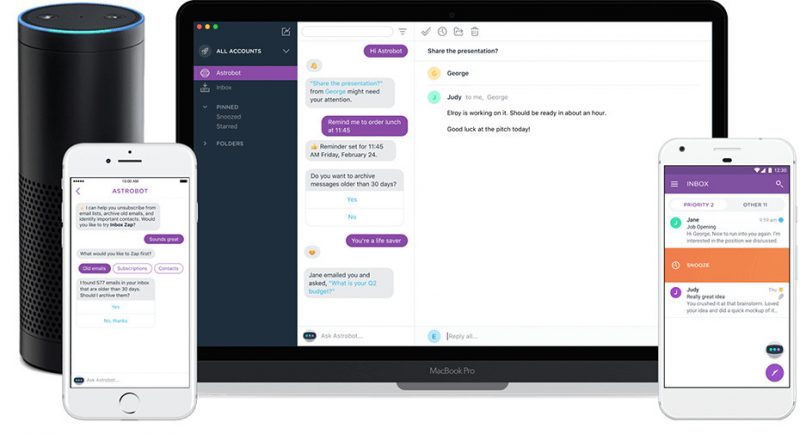
SaneBox
It’s an email management tool that uses artificial intelligence to filter and organize your emails. It can move unimportant emails to a separate folder, and learn from your actions to improve its accuracy over time.
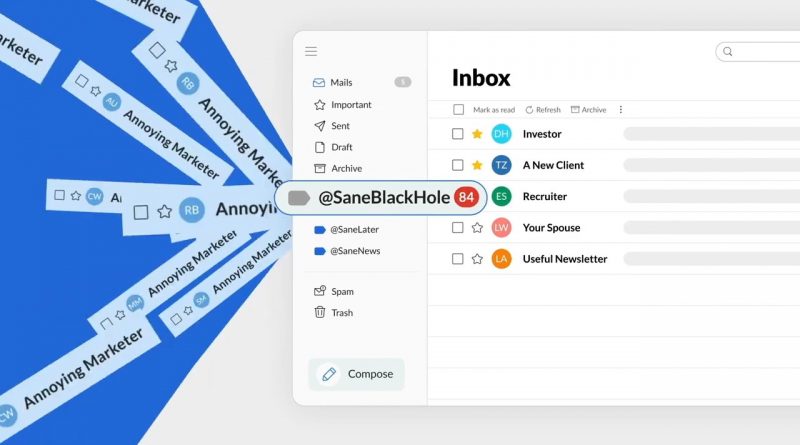
Seventh Sense
Is an email marketing platform that uses artificial intelligence to optimize the timing of your emails. It analyzes the open and click behavior of each recipient to determine the best time to send them emails.
Rasa.io
An artificial intelligence tool that helps sales teams write more effective prospecting emails. It analyzes successful sales emails and suggests changes to improve your own emails.
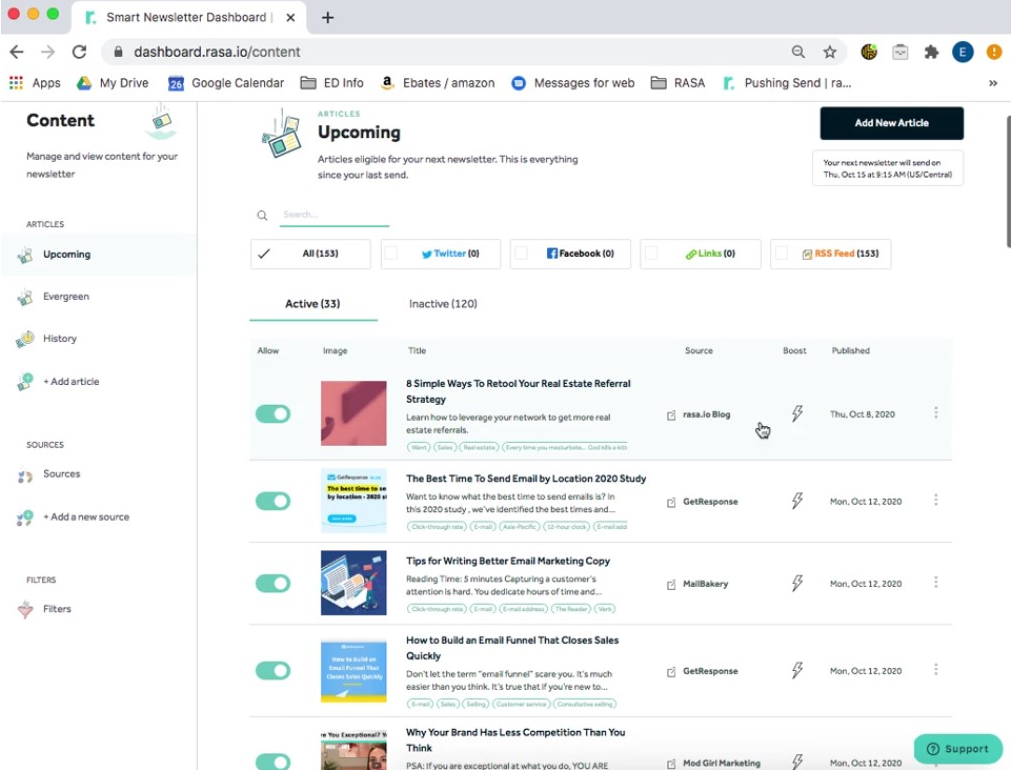
SmartWriter.AI
It’s an AI-assisted copywriting tool that helps you write emails, sales copy, social media posts and more. It can personalize your writing for your target audience and suggest ways to improve your writing.
Phrasee
It’s a language optimization tool that uses artificial intelligence to generate and optimize marketing language. It can generate email subject lines, ad copy and more, and predict their performance before you use them.
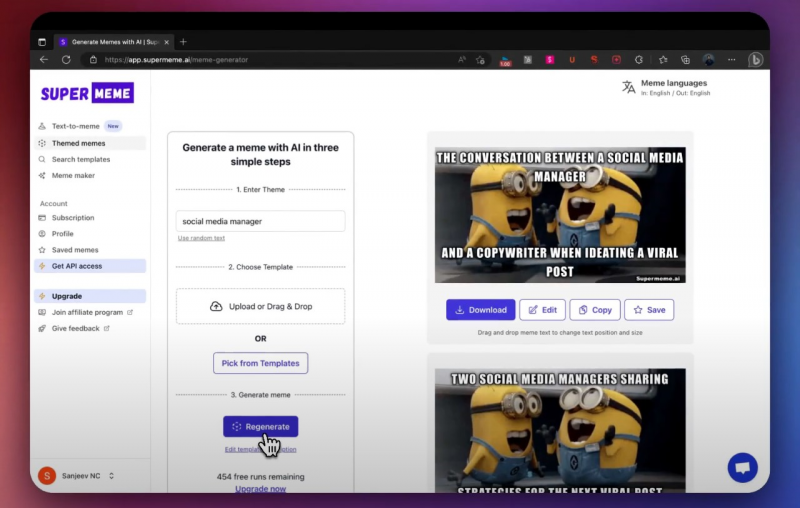
Conclusion
In conclusion, email marketing in 2023 presents unique challenges and opportunities. By understanding these challenges and leveraging emerging trends, such as personalization, mobile adaptation and the use of artificial intelligence, we can significantly increase the success of our email campaigns and achieve exceptional ROI. Staying current with compliance regulations and prioritizing security are also critical aspects of ensuring the success and effectiveness of our email marketing strategies in the current year.

